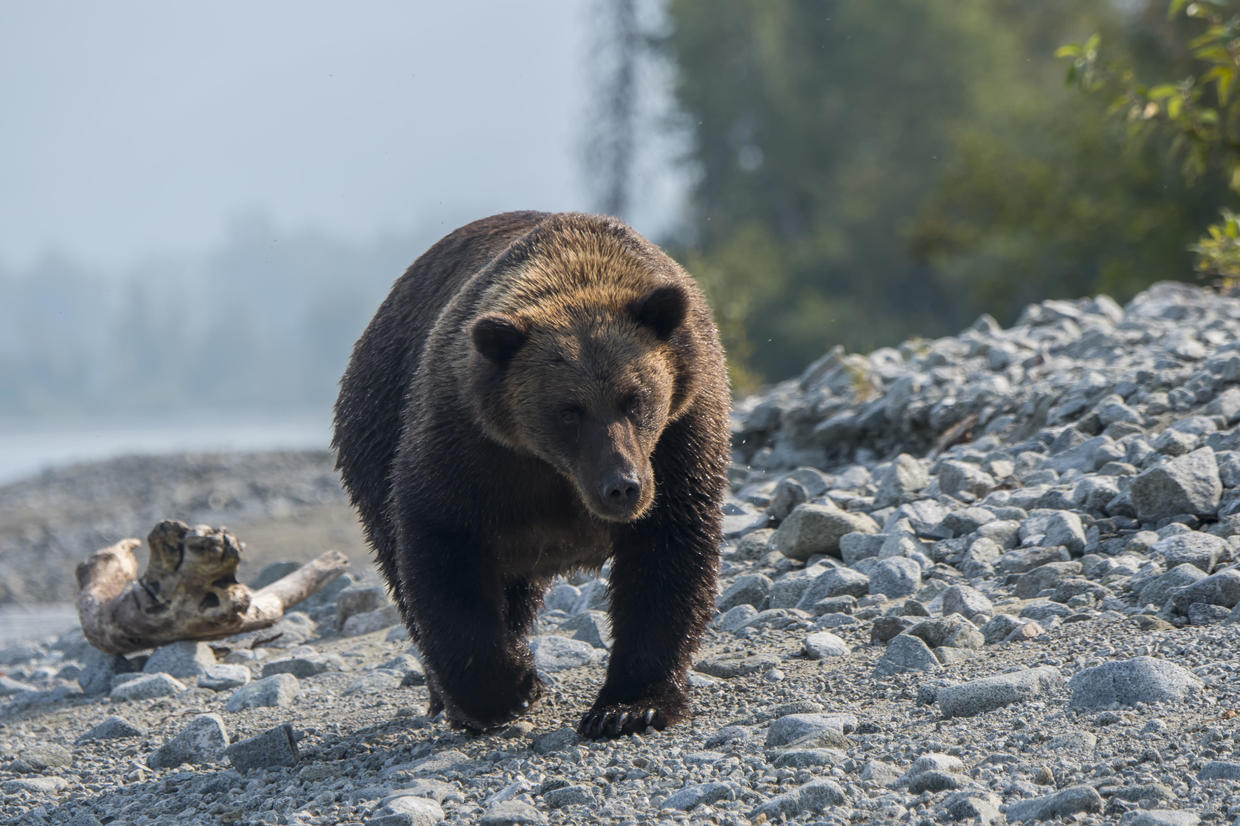Wyoming’s Night Sky About to Put on a 100-Meteor-Per-Hour Show
If you’ve been itching for a reason to stay up way too late on a Tuesday, the universe has you covered. The Perseid meteor shower — one of the most dazzling sky shows of the year — is set to peak over Wyoming overnight Tuesday into Wednesday, with as many as 100 meteors an hour lighting up the night. And if we’re lucky? There’ll be a few fireballs in the mix.
This cosmic fireworks display comes courtesy of the 16-mile-wide Comet Swift–Tuttle, which swings around the sun every 133 years and leaves behind a trail of debris for Earth to plow through. While the Perseids have been sprinkling the sky since mid-July, the real magic happens in the early hours of Aug. 12 and 13 — that’s when the meteor rate cranks up and the “wow” factor hits full blast.
“It’s the most meteors per hour during its peak,” says Max Gilbraith, planetarium coordinator at the University of Wyoming. “You can get rapid-fire streaks, fireballs that break apart in fiery trails, and sometimes even a sonic boom. It’s the kind of thing you remember for the rest of your life.”
For the best view, Gilbraith recommends heading to a dark spot far from city lights, lying back after midnight, and letting your eyes adjust. He’s a fan of “cowboy camping” — just a sleeping bag, pillow, and maybe a small campfire to keep warm while the show unfolds overhead. He’ll even be hosting a public viewing session at Sinks Canyon State Park near Lander, Wyoming’s first designated Dark Sky Park, where light pollution is about as close to zero as you can get.
Cowboy State Daily meteorologist Don Day calls the Perseids his favorite meteor event of the year — partly because you can enjoy it without turning into a popsicle.
“It never disappoints,” he says.
The only catch this year? A nearly full moon and some possible cloud cover, which could wash out the faintest streaks. Day suggests looking to the south and east, ideally with the moon out of your direct line of sight. And while you’re out there, keep an eye out for Jupiter and Venus — they’ll be cozying up in the night sky during the meteor peak, a sight you can even snap on your phone with a long exposure setting.
The original story by Jackson Walker for Cowboy State Daily.









The latest news in your social feeds
Subscribe to our social media platforms to stay tuned